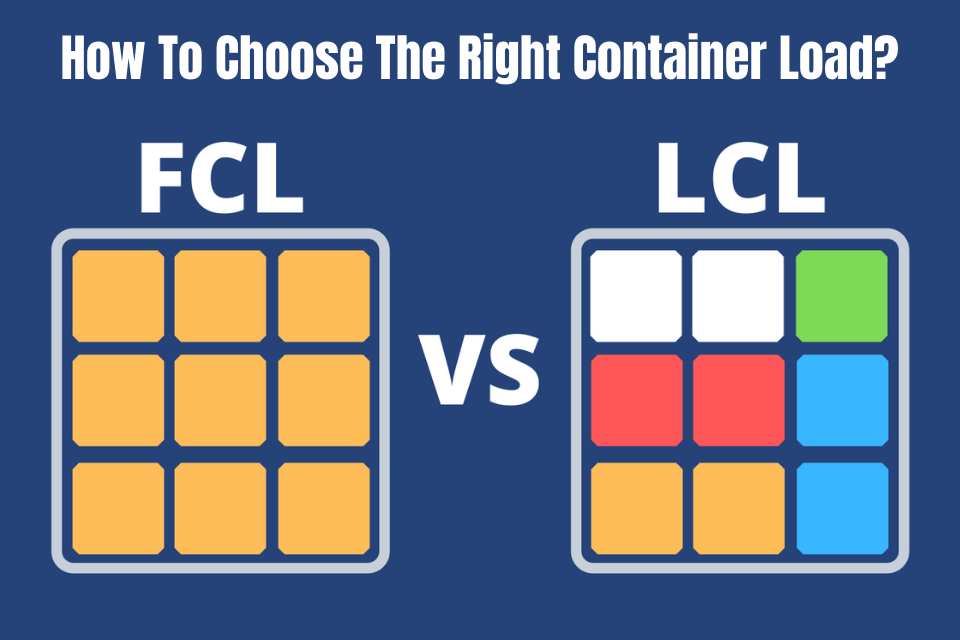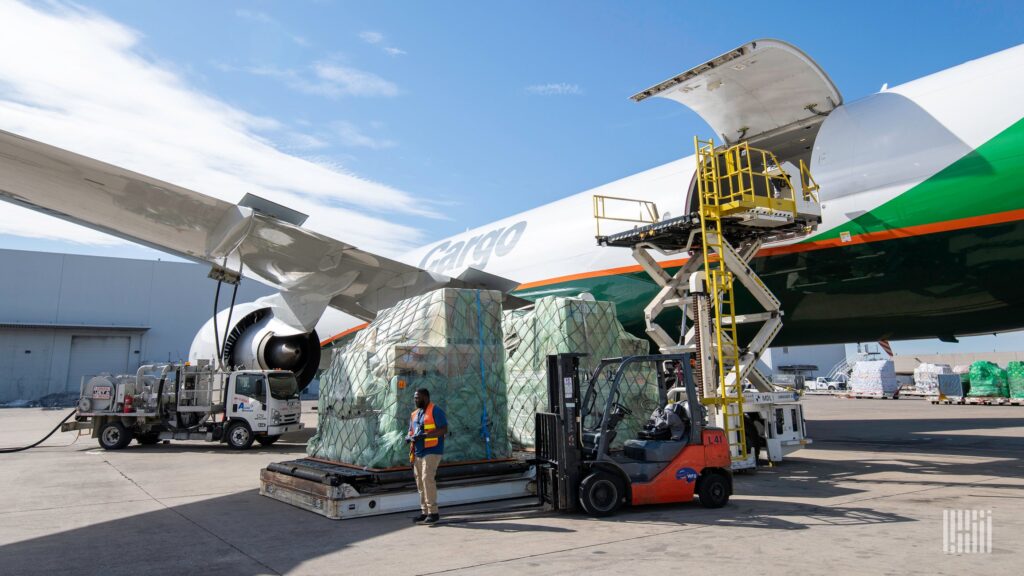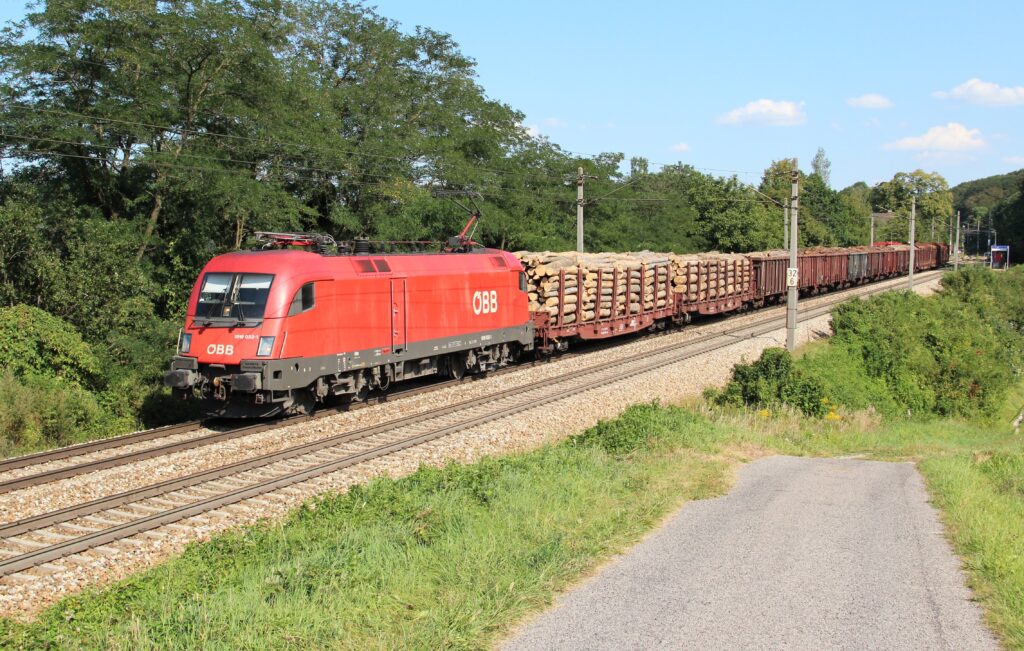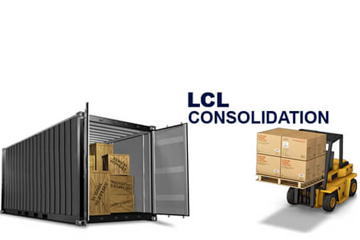For importers aiming to streamline supply chains, fast FCL shipping from China to Belgium stands out as the most time-efficient and cost-effective freight solution. As global trade expands, businesses seek quick and secure transport options that balance delivery speed, reliability, and cost — and FCL (Full Container Load) meets all three.
What Makes FCL Shipping the Fastest and Most Reliable Option?
Full Container Load (FCL) shipping gives one shipper exclusive use of a container. Unlike LCL (Less than Container Load), where multiple consignees share space, FCL eliminates cargo mixing and delays from consolidation.
| Feature | FCL Shipping | LCL Shipping |
|---|---|---|
| Ownership | Single shipper | Multiple shippers |
| Transit Speed | Faster (no consolidation) | Slower |
| Handling Risk | Minimal | Higher |
| Cost Efficiency | Better for bulk cargo | Better for small cargo |
FCL ensures secure handling, lower damage risk, and faster customs clearance — ideal for manufacturers shipping full loads of machinery, electronics, or textiles from China to Belgium.

How Long Does Fast FCL Shipping from China to Belgium Take?
Transit time depends on port pair, shipping line, and customs clearance speed. Below are average door-to-port transit durations.
| Origin Port (China) | Destination Port (Belgium) | Transit Time (Days) | Notes |
|---|---|---|---|
| Shanghai | Antwerp | 28–32 | Most popular route |
| Ningbo | Zeebrugge | 30–34 | Ideal for retail and fashion |
| Shenzhen | Antwerp | 32–36 | Frequent service for electronics |
| Qingdao | Antwerp | 33–38 | Slightly longer routes |
Although air freight is faster, express FCL shipping services with direct sailings and digital tracking can reduce delivery time by up to 15% compared with standard sea freight.
What Factors Influence FCL Shipping Speed and Cost?
Multiple variables affect transit efficiency and pricing:
- Port congestion: Delays often occur in peak export months (May–July).
- Container availability: Shortages may extend booking times.
- Shipping route: Direct sailings shorten transit by 3–5 days.
- Customs paperwork: Incomplete documents delay clearance.
- Fuel surcharges: Fluctuating bunker rates impact overall cost.
Additionally, shipping during off-peak periods or using contract freight rates can save businesses up to 15% on total shipping expenses.
Average Cost of Fast FCL Shipping from China to Belgium
Below is an overview of market freight rates (subject to change).
| Container Type | Estimated Cost (USD) | Best For |
|---|---|---|
| 20GP | $1,800–$2,200 | Heavy or compact goods |
| 40GP | $2,800–$3,400 | Machinery, textiles |
| 40HQ | $3,000–$3,600 | Light but bulky items |
Note: Costs exclude insurance, customs duties, and domestic trucking. Antwerp remains the main entry port for Chinese cargo bound for Belgium and nearby EU markets.
Case Studies: Real FCL Shipping Results Between China and Belgium
Case 1: Electronics from Shenzhen to Antwerp
Cargo: Consumer electronics (8,000 units)
Container Type: 40HQ
Transit Time: 33 days
Cost: $3,200
Result: Arrived four days earlier than standard routes due to direct vessel service.
Case 2: Garments from Ningbo to Zeebrugge
Cargo: 18 tons of apparel
Container: 40GP
Transit Time: 31 days
Cost: $2,950
Result: Delivery completed before retail season, avoiding storage surcharges.
What Documents Are Required for Smooth FCL Shipping?
To ensure quick customs clearance, prepare the following:
| Document | Purpose |
|---|---|
| Bill of Lading (B/L) | Confirms shipment ownership |
| Commercial Invoice | Declares cargo value |
| Packing List | Details items and weight |
| Certificate of Origin | Confirms product country |
| Insurance Certificate | Protects cargo in transit |
| Import License | For restricted categories |
Furthermore, for electronic items or machinery, ensure CE certification to comply with EU import regulations.
Comparison: FCL vs Other Shipping Modes
| Mode | Transit Time | Cost | Best Use | Advantages | Disadvantages |
|---|---|---|---|---|---|
| FCL Sea Freight | 28–35 days | $$ | Large cargo | Economical, safe | Longer than air |
| Air Freight | 5–8 days | $$$$$ | Urgent goods | Fastest | High cost |
| Rail Freight | 16–20 days | $$$ | Mid-volume cargo | Balanced | Limited capacity |
| LCL Sea Freight | 35–45 days | $ | Small cargo | Flexible | Slow, handling risk |
Accordingly, FCL remains the best balance of speed and cost for consistent exporters handling container-sized loads.
How to Speed Up and Optimize FCL Shipping from China to Belgium
To maximize efficiency and shorten transit times, consider these logistics strategies:
- Book containers early (2–3 weeks in advance).
- Use direct routes from Shanghai or Ningbo.
- Digitize documentation to prevent customs delays.
- Pre-clear customs while the vessel is en route.
- Work with a professional freight forwarder specializing in China–Belgium trade.
Modern tracking platforms and predictive logistics tools help monitor routes, avoid congestion, and maintain real-time shipment visibility.
Conclusion
To summarize, fast FCL shipping from China to Belgium is the most efficient solution for businesses seeking secure, timely, and cost-controlled cargo movement. With optimized routes, digital management tools, and expert customs handling, importers can enjoy consistent delivery schedules and reduced logistics costs.
Partnering with a professional freight provider ensures your shipments reach Belgium safely and swiftly — empowering your supply chain to grow globally.
- Consult TJ China Freight Forwarding for the lowest quote. They will provide you with reliable, cost-effective service.
FAQs
Q1.What’s the best time of year to ship FCL containers from China to Belgium?
The best months are February to April and September to November, when freight rates and port congestion are lower.
Q2.Can I combine multiple suppliers’ goods into one FCL container?
Yes, as long as all suppliers deliver to the same loading point in China. Your forwarder can assist with container consolidation under one bill of lading.
Q3.How are FCL containers sealed for security?
Every container is sealed at the factory or warehouse with a tamper-proof seal, which is checked again at the port before loading.
Q4.Does FCL shipping include insurance coverage?
Insurance is optional but strongly recommended. Policies like Cargo All Risk cover loss or damage during ocean transit.
Q5.Can my FCL shipment clear customs faster in Belgium?
Yes. Providing digital documents in advance and using EORI registration help speed up Belgian customs processing.





